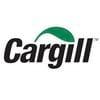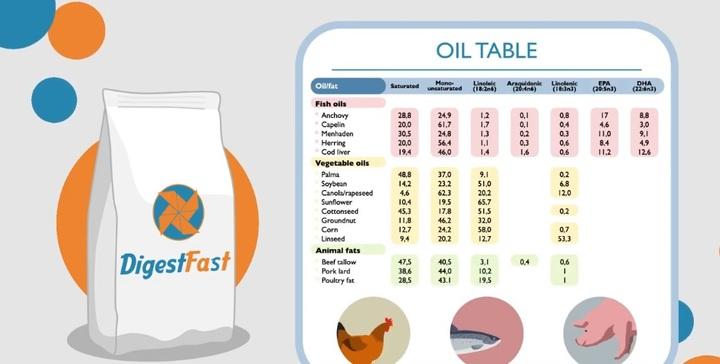Why do chickens eat?


@Kevin Stickney In theory, yes. You could offer feed and oyster shell, etc., and they would balance their nutrient needs. The practical issue is that birds invariably take too much oyster shell because of its novel texture. We see this in small flocks where a calcium feeder is set up. Birds consume 8-10g/d of oyster shell and then soft shelled eggs appear because of an induced P deficiency. You could give two diets, High and Low in Ca, and they would balance themselves, but that becomes a logistics challenge. A pre-lay diet with most Ca as large particle will work, assuming it’s a mash diet.

.jpg&w=3840&q=75)

GuanAMINO® - The creatine source that ensures optimal nutrient utilization | Evonik

I disagree with you Steve.
Generaly animals are like children.
candy or soup, children chooze candy.
So we give a mix with all feedstuffs they need. and give this mix in peels. So they cannot choose.
I apologise for my English. Sorry.

Many thanks, Dr. Leeson, for an excellent article. I have only one comment regarding ideal temperature for layers. I agree with you that 26 degrees is ideal for layers in post-peak production but before peak production a lower temperature is desirable to stimulate them to eat more to meet adequate production and desirable body weight. I enjoyed your article immensely. Best regards
Calcium grit is usually provided at molt time rather than as calcium supplement.
So regulation of GRIT intake from layers would take a few days to be constant.

@M.C. Fernando R. Feuchter A. What is the first enzyme that acts on the feed once it enters the digestive system in chickens and what is the location?


Dear Steve, one more article of yours that recicle knowledge and brings new information to add to our understanding. Regarding pellet and mash diets, there are differences in this main energy feed consumption regulation?

Mario, always good to talk to you.
Mash vs. pellets adds another dimension to feed intake. For broilers, it’s obvious that the physical density of a pelleted feed allows for faster intake of a given quantity of feed. Pellet size likewise influences time spent feeding. Both these factors greatly impact intake and growth after about 25d at higher stocking densities, when we invariably see slowing of growth rate that is usually blamed on formulation or sub-clinical disease challenges. We can’t increase feeder space, so maximise pellet dimensions!!
Mash diets allow for some self-selection of ingredients, and so this can cause temporary shift in nutrient intake. But birds still eat to energy needs. Mash feeds work better than most of us expect, but there is always more variation in individual birds growth rate and in carcass yield of individual birds. Mash feeds, on the other han,d usually result in drier litter and better liveability, especially beyond 2.5kg live weight.
I agree that in mash feeds that the g/ bird/day decreases after day 25, but are there not ways we can get around that, by increasing density of the mash feed, particles size of feed, ingredient selection...etc?
I'm curious what you think the GMD of finisher feeds for broilers should be?
I have a question regarding broilers.
I see in your article that for fully feathered layers the ideal temperature is 26 degrees C.
What would the ideal temperature be for fully feathered broiler grown to 32 days taking humidity into consideration?
Most broiler handbooks and articles says between 21 and 23 degrees.


Hy-Line International


Hi Dr. Leeson, thanks for your interesting paper. In my view, there is one topic that is misunderstood: the role of taste and smell in feed intake. Evolution has kept roughly 250 genes in the chicken genome for these 2 systems. Claiming these are not well-developed is probably inaccurate. For example, chickens have a very fine taste system, including roughly several fold more taste buds in the oral cavity than humans (relative to volume). The main taste ligands are nutrients (sugars, amino/fatty acids, calcium…) or toxins / antinutritional factors all potentially powerful feed intake drivers. They involve ca 12 well-characterized taste receptors which are present in the oral cavity, gut and brain, orchestrating short-term (within meal) and mid/long-term (between meals) feed intake through the gut-brain axis. In my view, it is not possible to understand feed intake mechanisms in birds (or mammals) without understanding the taste system.

1. Requirement for maintainace
2. Requirement for Growth and productio.
3. Energy content of the feed.
4. Environment temperature
5. Texture of feed, grain/pellet size.
6. Taste, colour and smell of the feed.
7. Appetite of the birds.
8. light and visibiity which creates appetite

@Antônio Mário Penz Junior
@George Entz
Thank you all for this very interesting and important topic. Feed intake is the major factor driving the growth rate of meat chickens. The modern broilers and Turkeys are more susceptible than ever to feed intake stressors, and to achieve their genetic potential, it is vital to recognize, minimize or even eliminate feed processing-related factors inducing feed intake suppression. Feed consumption can be affected by particle size and degree of grinding, feed form (mash, crumble, pellet), pellet size (diameter and length), pellet quality (percentage of intact pellets vs fines, hardness, and durability), and whole grain feeding (type of grain, barley vs wheat, inclusion rate, Introduction age, and grain hardness). An important point regarding the particle size is that the effect of particle size on the feed intake of broilers could be different in mash diets from the pelleted diets. if you are interested to know more about the feed processing and its impact on feed intake, you could have a look at the following review article from Massey University, New Zealand:
Feed intake response of broilers: Impact of feed processing
M.R. Abdollahi, F. Zaefarian, V. Ravindran


Hangzhou DE Mark Industrial Co Ltd
























